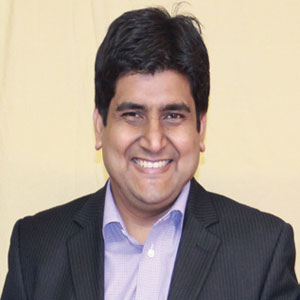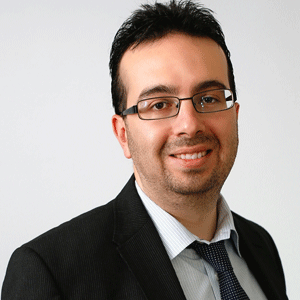THANK YOU FOR SUBSCRIBING

Would you take a Trust Leap in 'Distributed Trust'?
Dr. Mark Staples, Senior Principal Researcher, Csiro's Data61 and Liming Zhu, Research Director, Software and Computational Systems, Csiro's Data61


Dr. Mark Staples, Senior Principal Researcher, Csiro's Data61
Distributed trust technologies enable strangers and firms to work together reliably, despite limited trust in each other in increasingly complex and globalised supply and value chains
 Liming Zhu, Research Director, Software and Computational Systems, Csiro's Data61
Liming Zhu, Research Director, Software and Computational Systems, Csiro's Data61Another technical challenge is in regard to inevitable “bugs” in blockchain applications, not necessarily in the blockchain technology itself. These bugs are particularly tricky in the case of “smart contracts”, which are small programs that are replicated and executed on the blockchain. Due to the nature of distributed trust and consensus, smart contracts cannot be easily terminated and re-deployed if something goes wrong. Nonetheless, these small programs are amenable to “formal verification”, another area of active research where the correctness of programs is mathematically proven. This can provide much greater confidence than testing, which can never give 100 percent guarantees.
The third and final reason is that humans and organizations sometimes need a “trust leap” when adopting new technologies and new ways of doing business. It is important that our IT leaders have a mindset of experimentation and sometimes take that trust leap. It can help when we use the “strangely familiar” principle when introducing new technologies. For new technology, the question is often not what it can or cannot do “functionally”, but instead whether it has radically improved non-functional properties (performance, interoperability, integrity, security). Objectively comparing blockchain with traditional database technologies along the lines of these non-functional properties can help to build a solid business case for appropriate adoption. So, would you take a trust leap into this strangely familiar but new world of distributed trust?Weekly Brief
I agree We use cookies on this website to enhance your user experience. By clicking any link on this page you are giving your consent for us to set cookies. More info
Read Also













